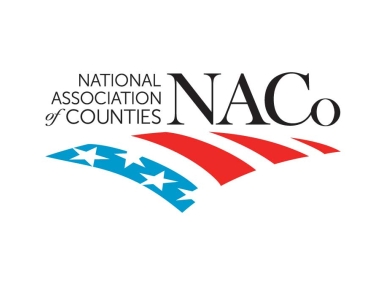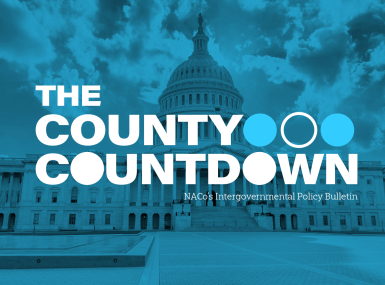National Membership Call: Overview of U.S. Treasury New Guidance for ARPA Flexibility

Available On-Demand
This webinar recording, as well as any material from the session, is available on-demand. If you have any questions, please email nacomeetings@naco.org.
On August 10, the U.S. Department of Treasury (Treasury) released their Interim Final Rule (IFR) for the bipartisan State, Local, Tribal, and Territorial Fiscal Recovery, Infrastructure, and Disaster Relief Flexibility Act (i.e. Cornyn/Padilla Amendment) that allows counties to invest American Rescue Plan Act (ARPA) State and Local Fiscal Recovery Fund (SLFRF) dollars more flexibly towards new transportation and infrastructure projects, relief from natural disasters and eligible projects under the Community, Development Block Grant (CDBG) program. Join NACo for an overview of Treasury’s IFR and new eligible uses for SLFRF.
Watch the Recording
More on the IFR
On August 10, the U.S. Department of Treasury (Treasury) released their Interim Final Rule (IFR) for the bipartisan State, Local, Tribal, and Territorial Fiscal Recovery, Infrastructure, and Disaster Relief Flexibility Act (i.e. Cornyn/Padilla Amendment) that allows counties to invest American Rescue Plan Act (ARPA) State and Local Fiscal Recovery Fund (SLFRF) dollars more flexibly towards new transportation and infrastructure projects, relief from natural disasters and eligible projects under the Community, Development Block Grant (CDBG) program.
Resource
NACo Analysis: Overview of New Treasury Guidance for ARPA Flexibility Legislation

Featured Initiative
American Rescue Plan Resource Hub








